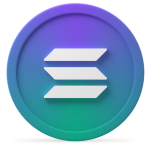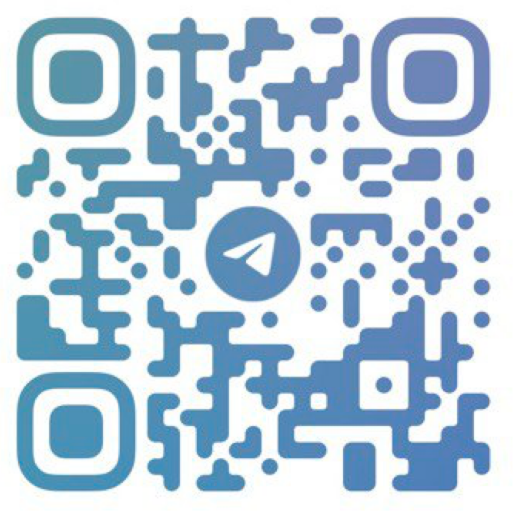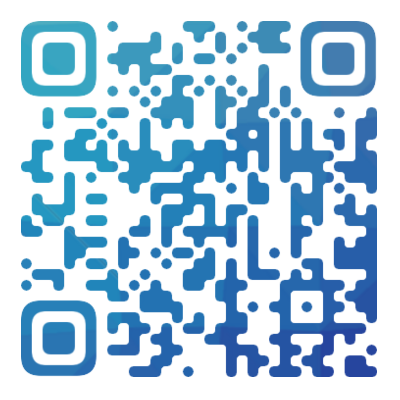










Rust Translation site
Rust is a systems programming language that is fast, prevents almost all crashes and removes the uncertainty of data sharing.
Tags:blockchian tools Dapp develop developer tools web3 develop Web3 development hub web3 development tutorialRust - Web3 Programming Language - CoinNav.io
Rust programming language has become a popular choice among web3 developers, owing to distinct features for saving time and energy in coding. In addition, Rust could also help in resolving multiple bug classes alongside reducing the possibility of errors. Therefore, it can serve as the best platform for speeding up innovation alongside speeding up the reach of applications to the market.
At the same time, the list of blockchains using the Rust programming language could grow further with its support for other popular programming languages. Rust programming language is a statically-typed, memory-safe programming language. The foremost highlight of Rust is evident in its ability to enable control over low-level aspects of development, such as memory.
The use of Rust programming language for blockchain development also emphasizes the lack of a garbage collector. In addition, Rust does not feature a runtime, thereby ensuring better improvements in performance. It could support high-performance computation tasks seamlessly, even for embedded devices, which could be a vital component of blockchain networks in the future. The next advantage of Rust is the ability to streamline workflows with a simpler learning curve. Furthermore, the assurance of an intuitive design alongside a facility for complex problem-solving offers relief from thinking about the problems encountered in Rust development.
Your Go-To Source for the Latest News and Tools in the Blockchain Sector - Coinnav.io
Main Advantages, and Disadvantages Of Rust
Advantages of Rust:
- Efficient Memory Management: Rust provides abstractions that allow developers to manually regulate memory, leading to more efficient memory usage and minimizing memory leaks.
- Safe Memory Interaction: Rust's strict compiler enforces memory safety, reducing common errors like null pointer dereferences and buffer overflows, making the code more secure and less prone to crashes.
- Error Handling: Rust's compiler provides helpful error messages and suggestions for fixing compilation errors, making it easier for developers to identify and resolve issues quickly.
- Built-in Tools: Rust comes with a built-in package manager (Cargo) and testing support, simplifying the development process and ensuring code reliability.
- Safe Concurrency: Rust's ownership model and borrow checker ensure safe concurrency, preventing data races and thread-related bugs.
- Versatility: Rust is a multi-paradigm language, supporting procedural, parallel, functional, and object-oriented programming, making it suitable for a wide range of applications.
Disadvantages of Rust:
- Strict Compiler: The strictness of Rust's compiler, while ensuring safety, may require developers to invest more time in handling memory calls and borrow checker restrictions.
- Lack of Traditional OOP Features: Rust's focus on safety and performance sacrifices some traditional object-oriented programming features like inheritance and classes.
Despite the challenges, Rust's advantages make it an appealing choice for a variety of applications. It finds applications in building client applications, web servers, blockchain projects, creating custom operating systems, writing system and server monitoring tools, developing general-purpose software, creating infrastructure, and building engines for browsers and games. Rust's growing popularity in the web3 and blockchain communities makes it an attractive language for modern development projects.
Blockchain Networks Using Rust Programming Language
Rust programming language stands out with its advantages, making it a top choice for blockchain developers. For those seeking a list of blockchains using Rust, it offers secure and well-documented applications. Here are some prominent blockchain projects utilizing Rust programming language.
1. Polkadot

Polkadot, a smart contract-based blockchain ecosystem, takes the lead in the list of blockchains utilizing Rust programming language. It excels in interoperability with web3 trends through innovative "parachains" that facilitate cross-chain data transfers. Polkadot's Rust-driven nominated Proof of Stake consensus mechanism ensures security and scalability, lowering barriers for developers entering the web3 ecosystem.
The architecture comprises Relay chain connecting chains and dApps, and autonomous parachains with distinct rules. Parachains are acquired through auctions and require integration of native DOT tokens. Parathreads offer temporary hosting without token bonding. DOT token serves as the primary unit of account, medium of exchange, and a governance mechanism within Polkadot. As the ecosystem evolves, Rust's potential for increased transaction throughput solidifies its significance among the blockchain networks.
2. Elrond

The second entry in the top blockchains using Rust programming language is Elrond, a revolutionary network prioritizing speed and efficiency through internet-scale sharding. Built for developers and businesses, Elrond offers lower transaction fees, robust security, and impressive speed of up to 15,000 transactions per second.
Its cross-chain interoperability feature scales seamlessly with a new sharding mechanism and validator structure. Within the Elrond ecosystem, the EGLD token serves as the primary asset, used for gas fees payment and as a vital element of the secure Proof of Stake (SPoS) consensus mechanism.
The SPoS consensus employs Validators, Observers, and Fishermen in different roles. Validators stake native tokens, validate transactions, and earn rewards. Observers read and broadcast data without staking, while Fishermen nodes challenge block data to earn rewards based on identifying bad actors. Elrond's adoption of Rust showcases its advantages for blockchain development.
3. Solana

The most important entry among top blockchains using Rust is Solana, a rapidly growing web3 network. Launched in 2020, it relies on its native token, SOL, to fuel the ecosystem, facilitate dApps, and empower token holders in network governance.
With an impressive transaction throughput of over 60,000 TPS and low transaction fees, Solana is a prime choice for dApp development. Its scalability is achieved without layer 2 solutions, and the innovative Proof of History (PoH) timestamping mechanism reduces latency, making it a standout in blockchain technology. Solana's commitment to security, decentralization, and scalability solidifies its position as a leading Rust-powered blockchain.
4. Near Protocol

Near Protocol stands out as another top example of blockchains using the Rust programming language. This smart contract blockchain network emphasizes community-based data storage and employs sharding for efficient data segmentation.
Rust's advantages for blockchain developers on Near include reduced bottlenecks, higher transaction throughput, and lower fees, resulting in one of the fastest networks, processing about 100,000 TPS. Near Protocol's use of human-readable wallet addresses and an Ethereum bridge further enhances its usability and interoperability.
With the EVM-compatible layer2 scaling solution, Aurora, Near Protocol showcases its commitment to leveraging Rust's capabilities for delivering cutting-edge web3 technologies.
5. Hyperledger Sawtooth

Hyperledger Sawtooth is a prominent example of blockchain development using Rust programming language, offering numerous benefits. As an open-source blockchain, it enables the development, deployment, and operation of distributed ledgers. One of its key features is the modular framework that allows the creation of custom blockchain networks.
Hyperledger Sawtooth implements transaction-based updates to the shared state, making consensus mechanisms more efficient. Originally built with Python, the switch to Rust has provided developers with better code control, flexibility, and precision. By rewriting the blockchain codebase in Rust, Hyperledger Sawtooth ensures effective error identification, contributing to its robustness and reliability.








